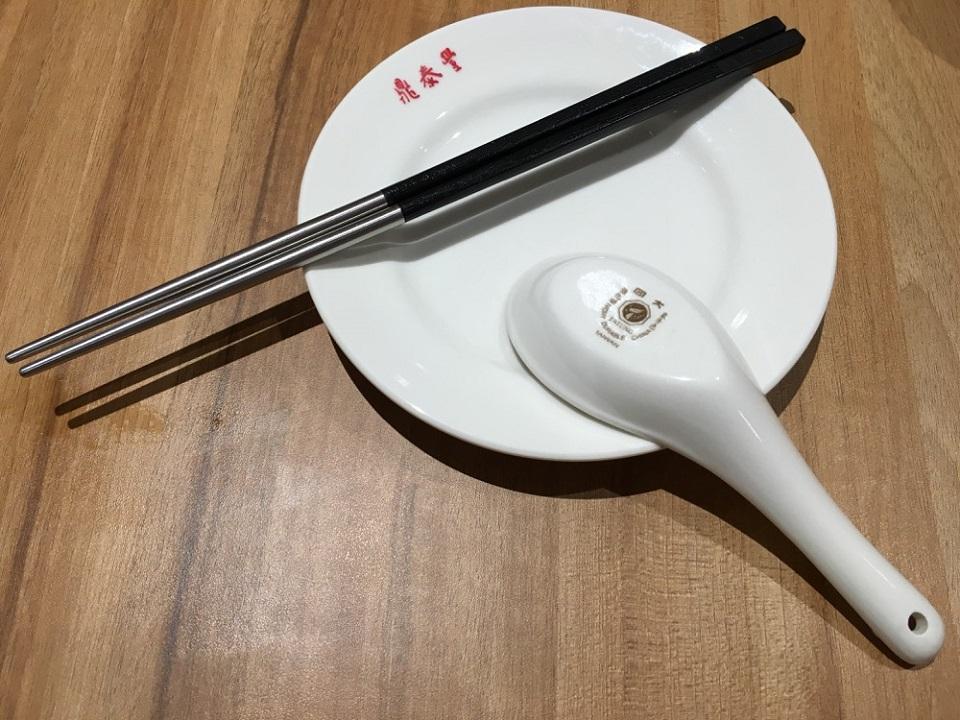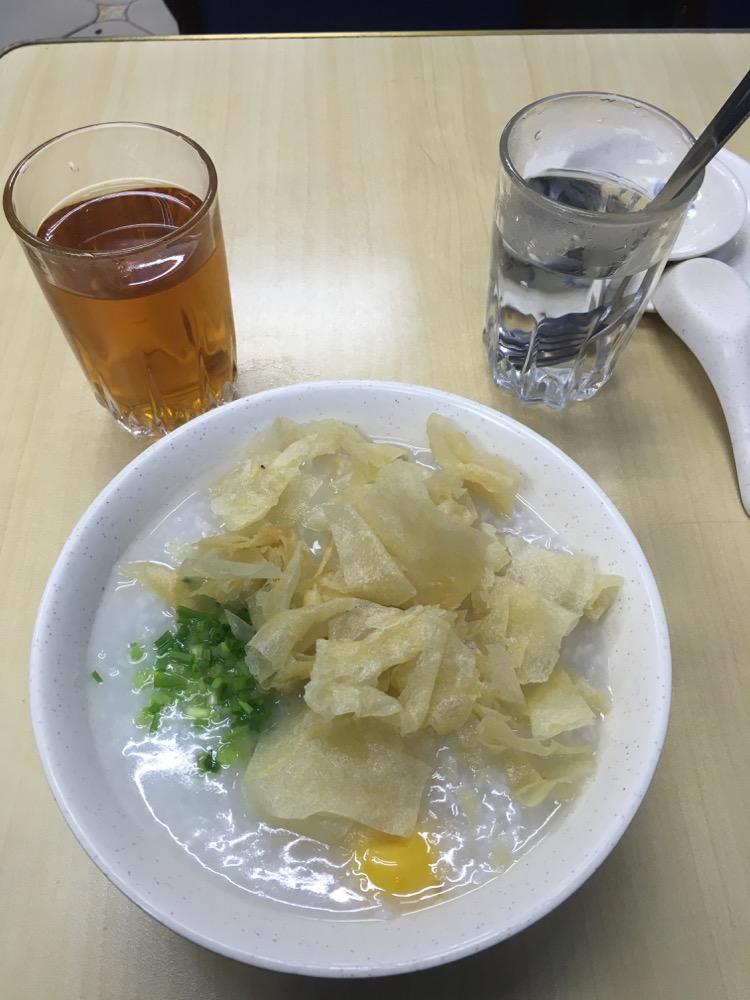When dining in Binondo, do as the Tsinoys do
When it comes to food and dining, there is no place quite like Binondo. With cuisines originating from mainland China, Taiwan, Hong Kong, and Macau, and establishments dating back to the 1900’s, this historic Manila district has become a foodie haven, not only for its Tsinoys residents but for the general population as well.
Whether passing through Quintin Paredes or Ongpin on an ordinary weekend, or choosing to celebrate the Chinese New Year (which falls on Monday, February 8) in Binondo, here are some tips and reminders on how to blend in and eat like a local when dining in the world’s oldest Chinatown.
Use chopsticks
Tsinoys use chopsticks—whether the cheap, wooden variety or lacquered ones—to eat noodles, rice, meat, and fish. They use flat-bottomed Chinese spoons for soups and broths or dishes with liquid components, such as sauces. And in the case of seafood like crabs, shrimps, and prawns, hands are the best tools for the job.
In between meals, you can rest your chopsticks on a holder, or place them across your bowl or plate—but never, ever stick them vertically in a bowl of rice. It mimics sticking a lighted incense stick in a holder, a practice usually done to commemorate the dead.

Drink house tea, not juices or sodas
While it isn’t a crime to pair Chinese dishes with sodas, fruit juices or even liquor, the best drinking companion for rich and succulent Chinese fare is hot tea. Most Binondo establishments serve either jasmine (light color, mild taste) or oolong (dark color, strong taste) as their house tea. Neither overpowers the taste of the ordered dishes, and both help prevent oil and cholesterol build-up and are even beneficial to the digestive system.
Go for the chili-mansi...
Skip the soy sauce and sodium overload when ordering dim sum; instead, mix chili sauce and calamansi to flavor those delightful, little pieces of pork, beef or shrimp heaven. Not only does chili-mansi present a nice combination of spicy, tangy, and sour tastes, but it is a good source of Vitamin C and provides a host of other health benefits.

...and try the black vinegar
Most Pinoys are already familiar with fish sauce or patis as their condiment of choice when it comes to seasoning soups and broths; the Tsinoy equivalent is black vinegar. The flavors of soup dishes—like winter melon with Chinese ham, or spinach with seafood, or crab and corn—are elevated a notch higher with a few drops of black vinegar.
Its scent is pungent yet sweet, and in taste and color it is more akin to aged Balsamic vinegar than the white, cane variant. Best to request this condiment from your server if you can’t locate it on your table.
Order dim sum or congee for breakfast
While ordering Yang Chow fried rice, deep-fried spareribs, and sweet and sour pork isn’t really a cardinal sin, Tsinoys typically eat something light yet hearty for breakfast. A bowl of steaming congee with meatballs or steamed dim sum together with hot tea not only gives one a light and satisfying first meal but also sustained, slow-burning energy until lunch time.
So, to recap: Use chopsticks when picking up the hot ha kaw (or har gow, shrimp dim sum) or siomai (or siu mai, pork and shrimp dim sum); use chili-mansi to flavor and season; put a bit of black vinegar in your bowl of congee; and wash them all down with cups of hot tea.
Kong Hei Fat Choi and Lai chia o! (Let’s eat!)

— BM, GMA News




